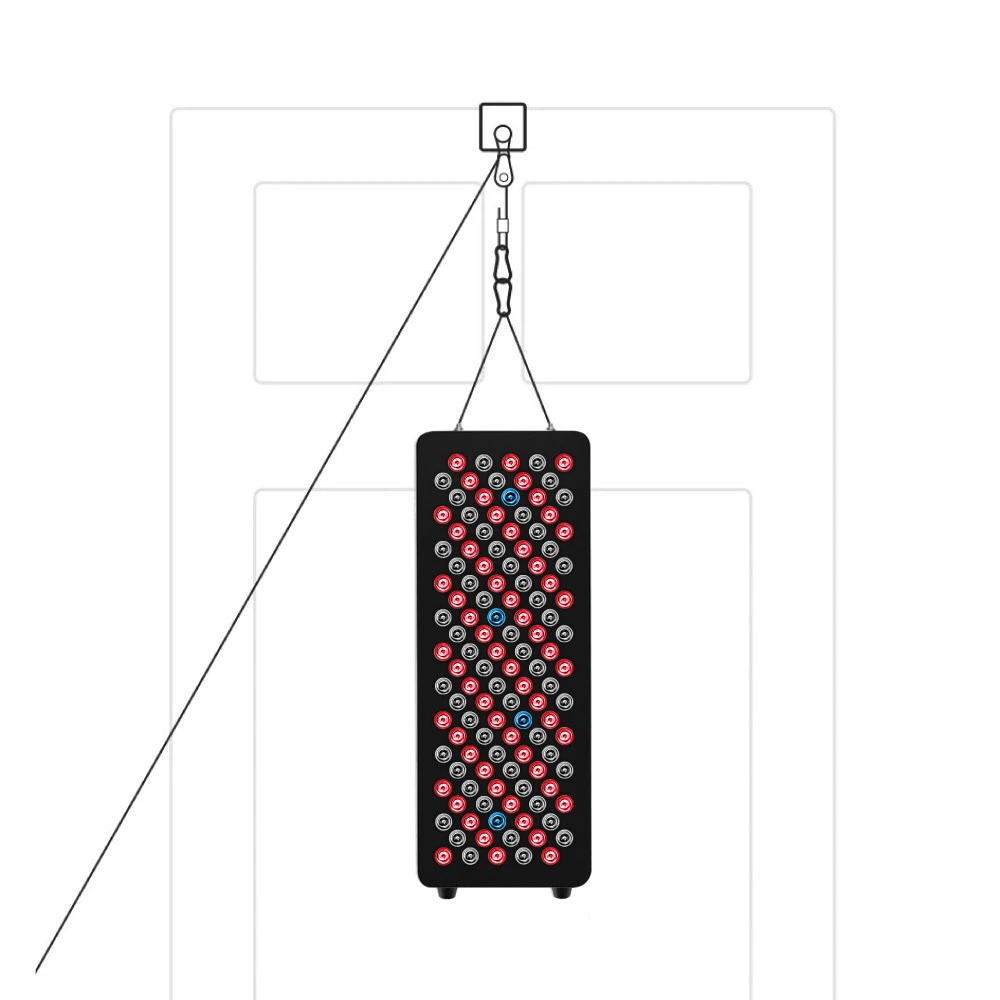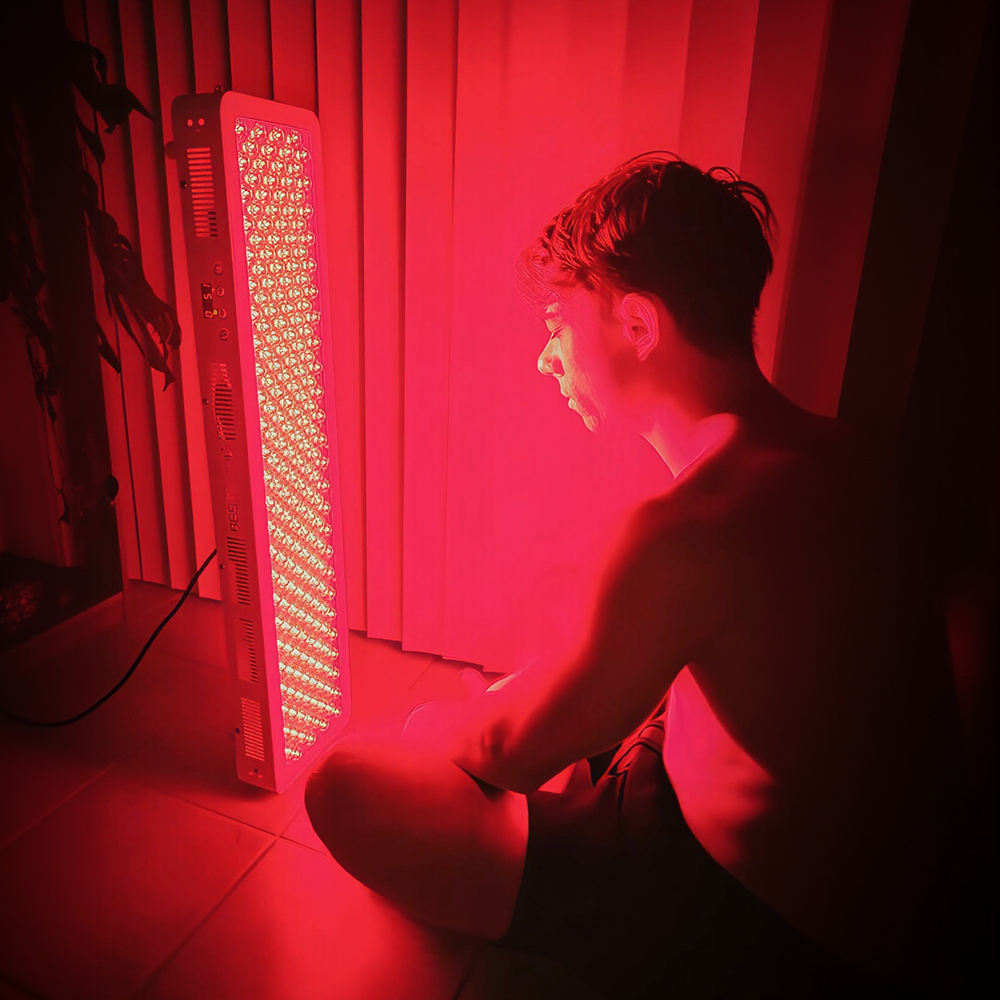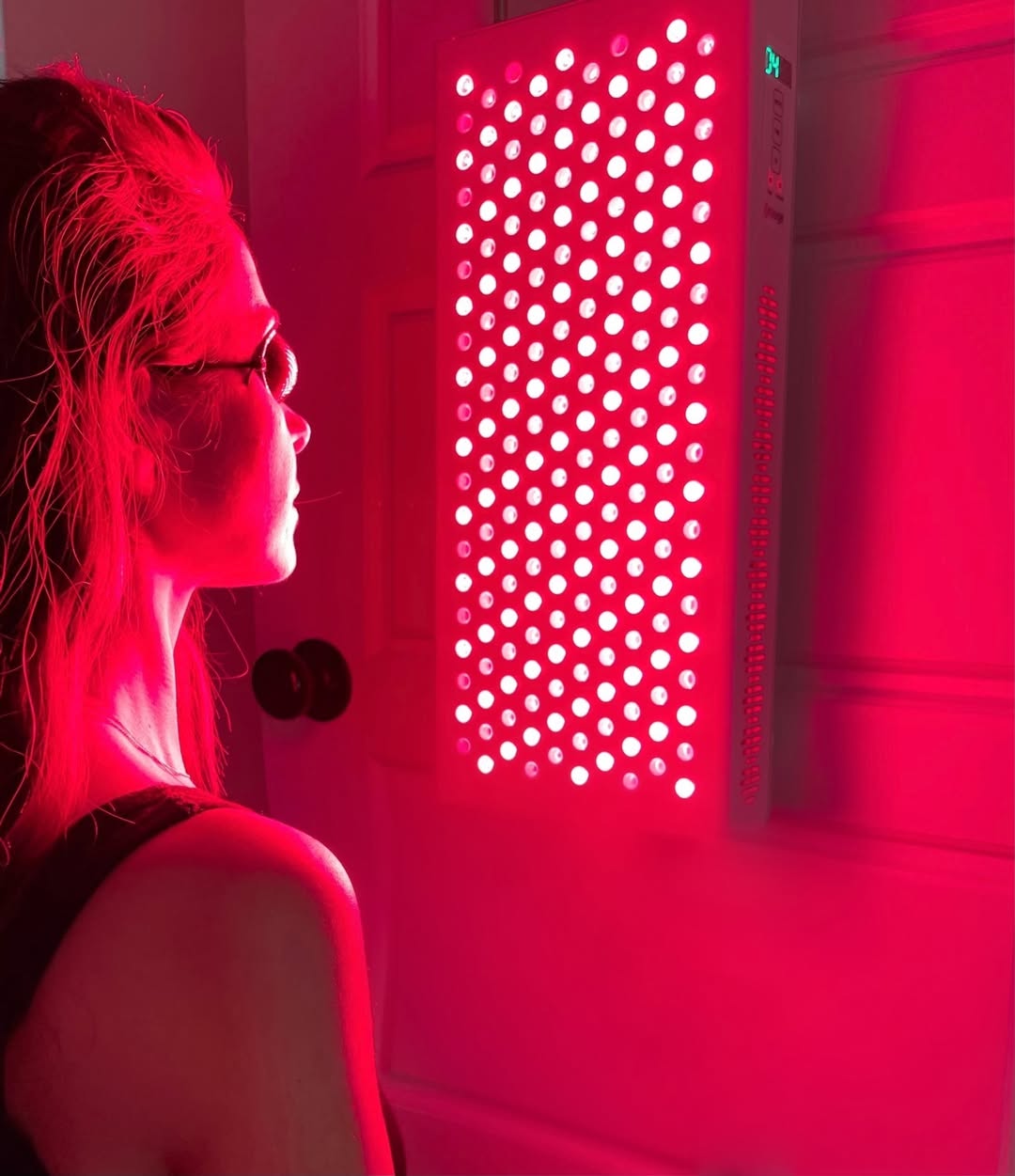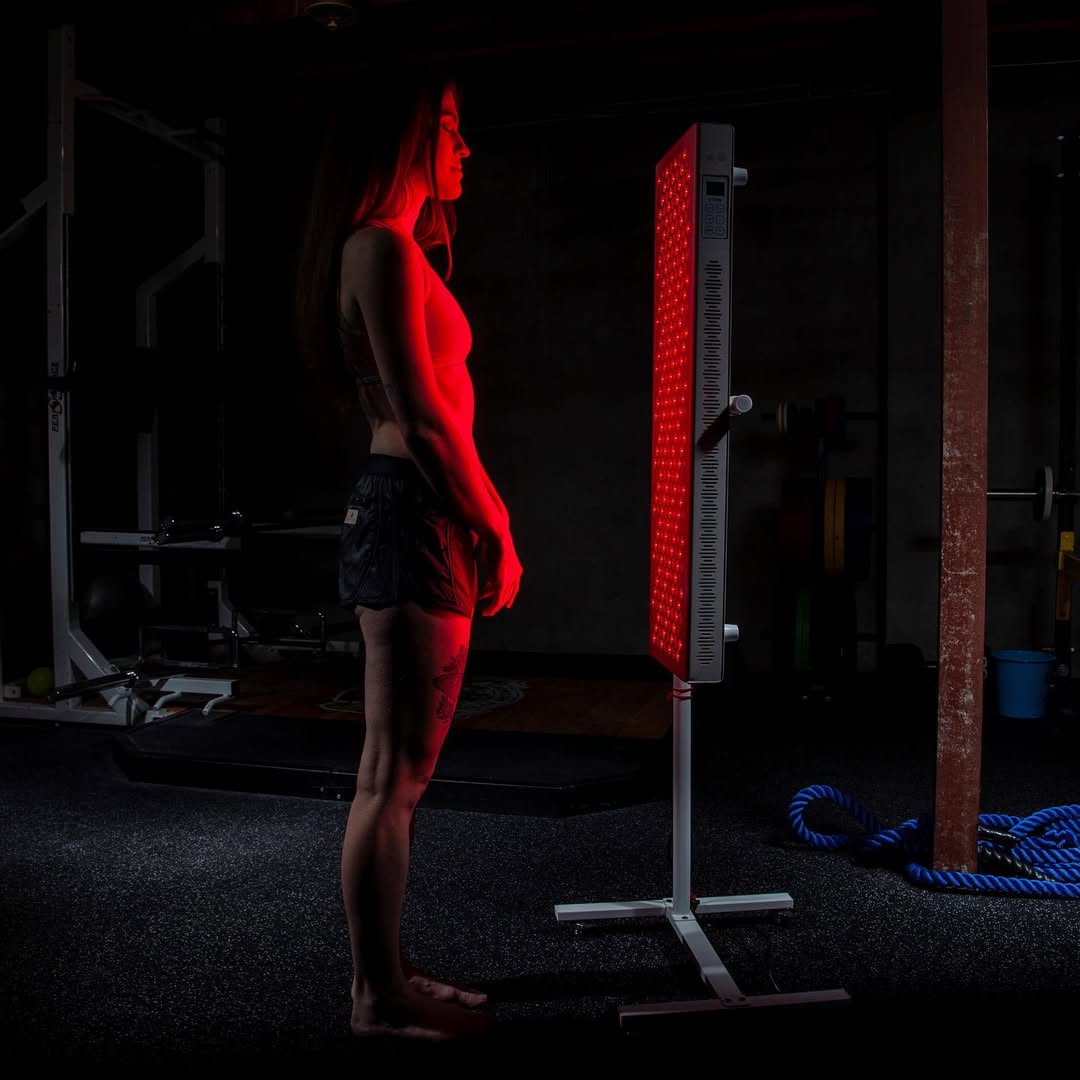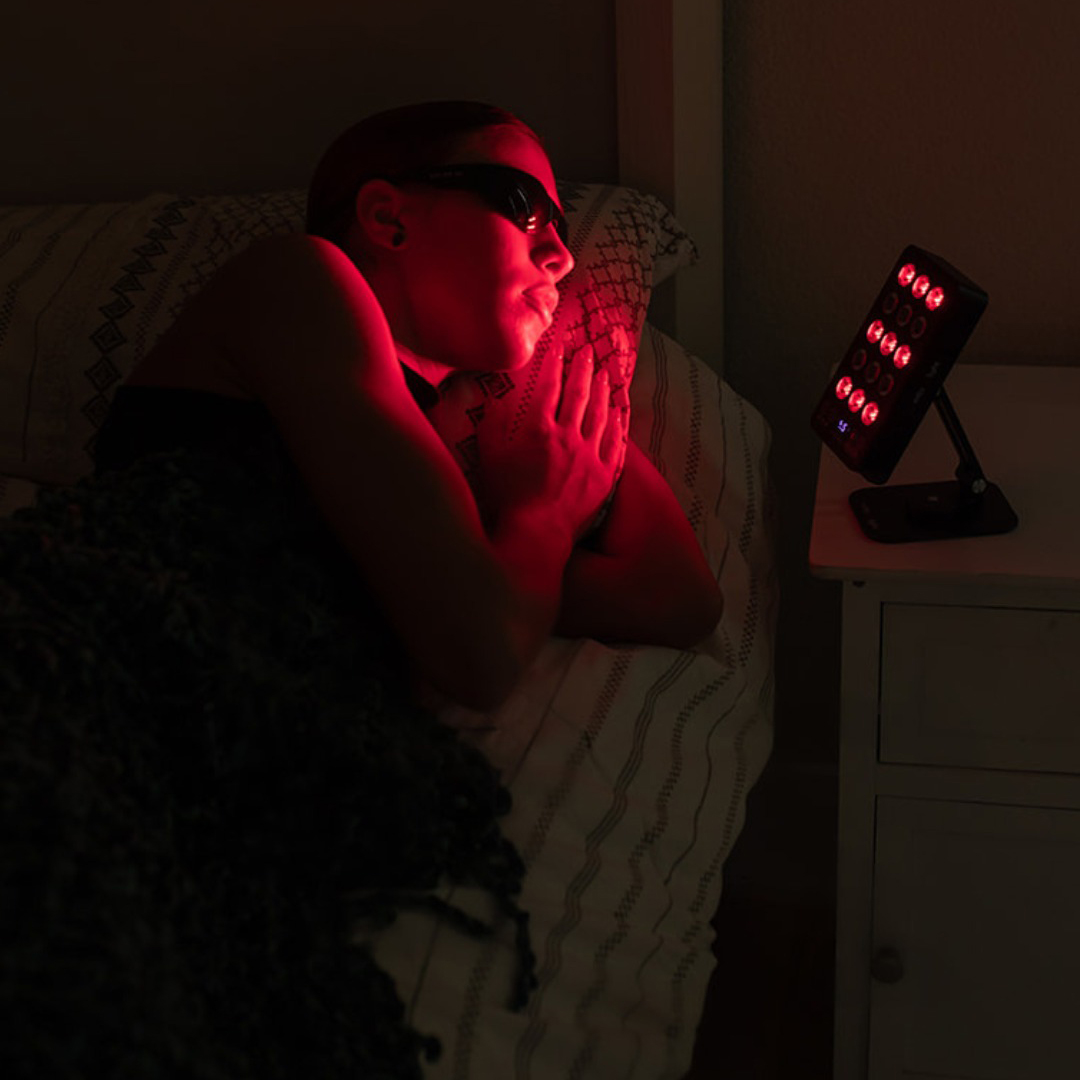![]() Free Shipping
Free Shipping ![]() Buy Now, Pay Later
Buy Now, Pay Later ![]() Eligible
Eligible
Red Light Therapy for Pelvic Floor: A Comprehensive Guide to Healing and Strength
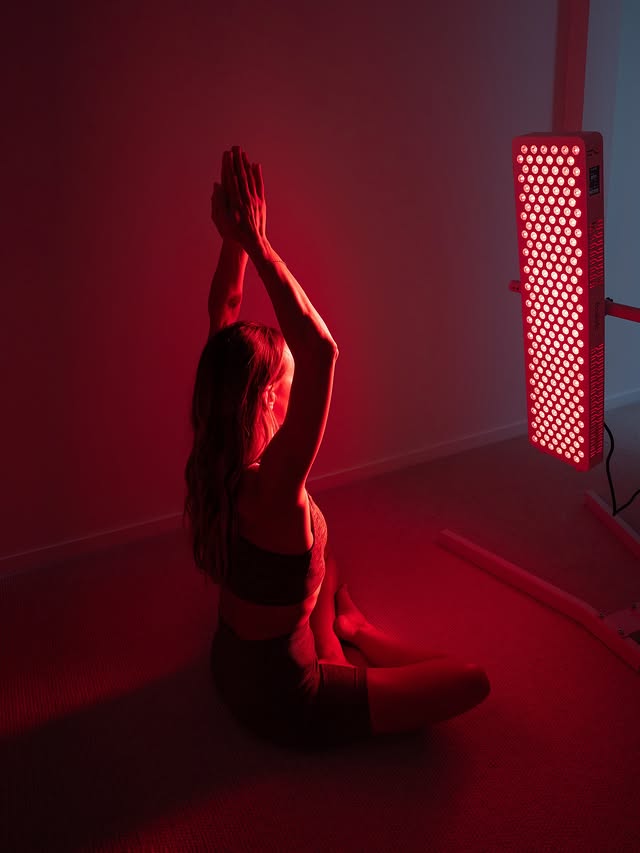
For millions, pelvic floor disorders are a silent source of pain, discomfort, and a diminished quality of life. Conditions like urinary incontinence, pelvic pain, and postpartum recovery challenges are often discussed in hushed tones. While traditional treatments like physical therapy are highly effective, a revolutionary, non-invasive approach is gaining traction: Red Light Therapy (RLT).
This article delves into the science and application of red light therapy for pelvic floor health, exploring how specific wavelengths of light can promote healing, reduce inflammation, and strengthen these crucial muscles from the inside out.
What is Red Light Therapy?
Red Light Therapy, also known as Low-Level Laser Therapy (LLLT) or photobiomodulation (PBM), is a therapeutic technique that uses specific wavelengths of red and near-infrared (NIR) light. Unlike harsh UV light, this low-energy light penetrates the skin without generating heat or causing damage.
The core principle is photobiomodulation: when light photons are absorbed by the mitochondria in our cells, it stimulates cellular energy (ATP) production. This boost in energy enhances the cell’s natural repair and regeneration processes.
Expert Insight: “Photobiomodulation acts as a ‘reset button’ for stressed or damaged cells. By enhancing mitochondrial function, we can significantly improve tissue repair and reduce inflammation, which is foundational for treating pelvic floor dysfunctions.” – Paraphrased from current scientific literature on PBM.
The Science of Light: How Does Red Light Therapy Help the Pelvic Floor?
The pelvic floor is a complex web of muscles, ligaments, and connective tissues. RLT addresses issues here through several key biological mechanisms:
Enhanced Cellular Energy & Tissue Repair
The primary effect of RLT is the boost in ATP production. For the pelvic floor, this means:
- Muscle Recovery: Faster repair of micro-tears in muscle fibers, leading to stronger contractions.
- Connective Tissue Healing: Improved synthesis of collagen, essential for the integrity of ligaments and fascia that support the pelvic organs.
Powerful Anti-Inflammatory Effects
Chronic inflammation is a key player in many pelvic pain syndromes (e.g., vulvodynia, interstitial cystitis). RLT reduces inflammatory markers and increases blood flow, helping to alleviate pain and swelling.
Increased Blood Circulation (Vasodilation)
The therapy stimulates the release of nitric oxide, a compound that dilates blood vessels. This improved circulation delivers more oxygen and nutrients to the pelvic tissues while flushing out waste products, creating an optimal environment for healing.
Pain Reduction
RLT has been shown to modulate pain signals and stimulate nerve regeneration, providing relief for neuropathic and muscular pain in the pelvic region.
Key Benefits of Pelvic Floor Red Light Therapy
Applying these scientific principles, RLT offers a range of specific benefits for pelvic health:
- Improved Muscle Strength and Tone: Enhanced cellular energy leads to more efficient muscle contractions, aiding in the management of stress urinary incontinence (SUI).
- Accelerated Postpartum Recovery: Helps heal perineal tears and C-section scars, reduces inflammation, and supports the retoning of stretched muscles.
- Reduction of Chronic Pelvic Pain: Effective for conditions like prostatitis (in men), vulvodynia, and interstitial cystitis by targeting underlying inflammation.
- Enhanced Surgical Recovery: Can be used pre-and post-operatively (e.g., for prolapse surgery) to optimize healing and reduce scar tissue formation.
- Support for Sexual Health: By improving blood flow and tissue health, RLT can aid in addressing symptoms of vaginal atrophy and improve arousal.
Red Light Therapy vs. Traditional Pelvic Floor Treatments
How does RLT fit into the broader picture of pelvic health? It’s best seen as a powerful complementary therapy.
| Treatment Modality | How It Works | Key Benefit | Role of RLT |
|---|---|---|---|
| Kegel Exercises | Strengthens pelvic floor muscles through voluntary contractions. | Foundation for muscle strength. | Enhances muscle recovery and energy, making Kegels more effective. |
| Pelvic Floor PT | Hands-on therapy, biofeedback, and manual techniques. | Addresses muscle dysfunction and alignment. | Complements PT by reducing pain and inflammation, allowing for better progress. |
| Lifestyle Changes | Weight management, diet, bladder training. | Foundational for long-term health. | Supports overall tissue health and healing capacity. |
| Surgery | Anatomical repair for prolapse or severe incontinence. | Corrects structural issues. | Optimizes pre-surgical tissue health and accelerates post-surgical recovery. |
User Testimonial: “After my second child, I struggled with stress incontinence that even PT wasn’t fully resolving. Adding at-home red light therapy sessions was the turning point. Within a few weeks, I noticed a significant improvement in muscle control and a reduction in the ‘heaviness’ I felt.” – Anna, 34
VELLGUS Elite V2
THE #1 RATED RED LIGHT DEVICE
VELLGUS pro V2
THE #1 RATED FULL BODY RED LIGHT DEVICE
How to Use Red Light Therapy for Your Pelvic Floor
Professional vs. At-Home Devices
- Clinical Settings: Physical therapists, urologists, or wellness clinics may offer high-powered RLT devices. Treatments are targeted and supervised.
- At-Home Devices: A growing number of FDA-cleared, wearable devices are designed specifically for pelvic floor use. These are convenient for consistent, long-term maintenance.
A Typical Protocol
While you should always follow the manufacturer’s or your clinician’s guidelines, a general protocol might look like this:
- Frequency: 3-5 times per week.
- Session Length: 10-20 minutes per session.
- Distance: Place the device directly on the skin, as per instructions.
- Consistency is Key: Benefits are cumulative. It may take 2-8 weeks of consistent use to notice significant changes.
Safety and Considerations
RLT is considered very safe for most individuals. However, keep these points in mind:
- Contraindications: Do not use over the abdomen if you are pregnant. Avoid use on active cancerous tumors.
- Side Effects: There are typically no side effects when used as directed. In rare cases, some temporary redness may occur.
- Consult Your Doctor: It is crucial to speak with your healthcare provider or pelvic health specialist before starting any new treatment to ensure it’s appropriate for your specific condition.
Red light therapy represents a promising, non-invasive, and drug-free frontier in supporting pelvic floor health. By working at the cellular level to reduce pain, fight inflammation, and accelerate healing, it serves as a powerful ally to traditional therapies like physical therapy.
If you are navigating the challenges of a pelvic floor disorder, discussing the potential of red light therapy with your healthcare provider could illuminate a new path to recovery and lasting wellness.



